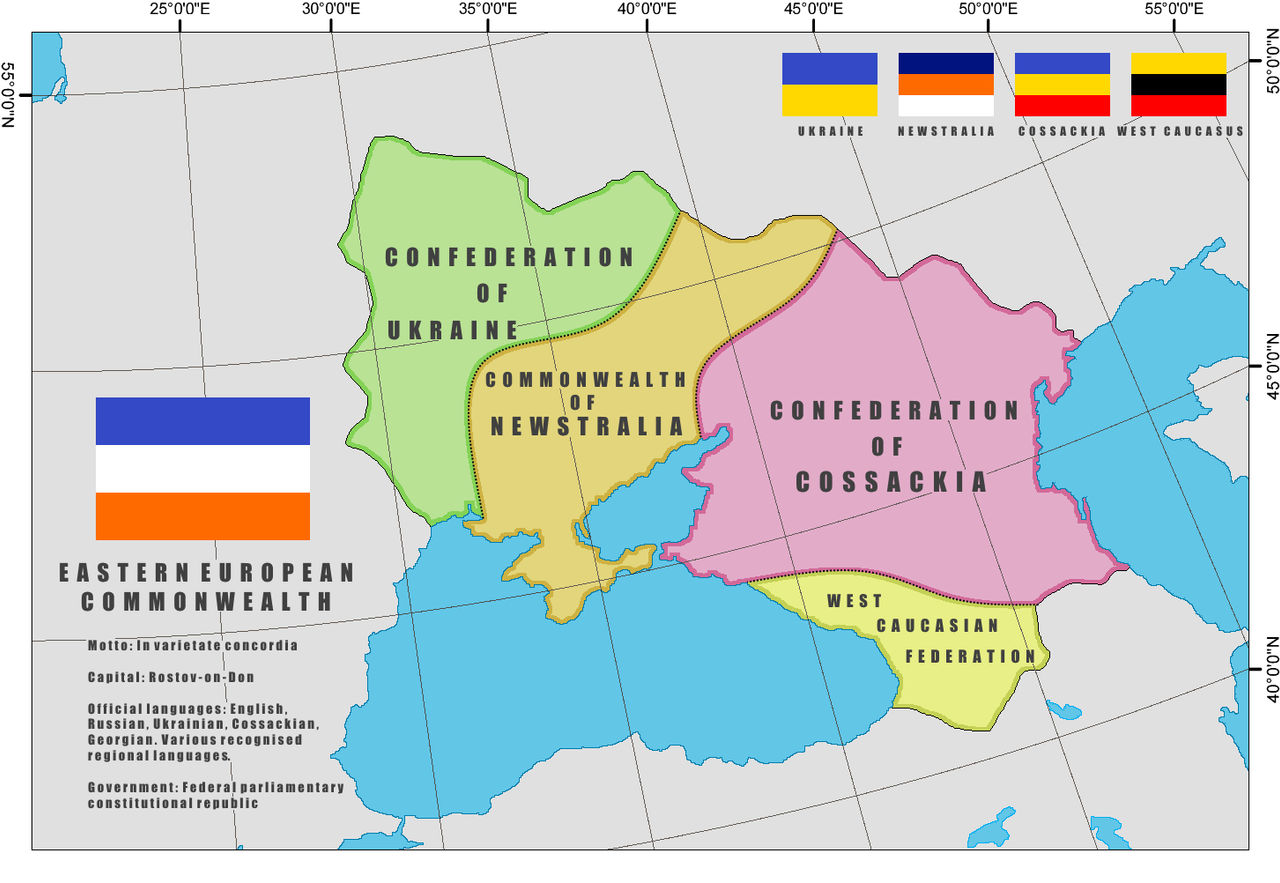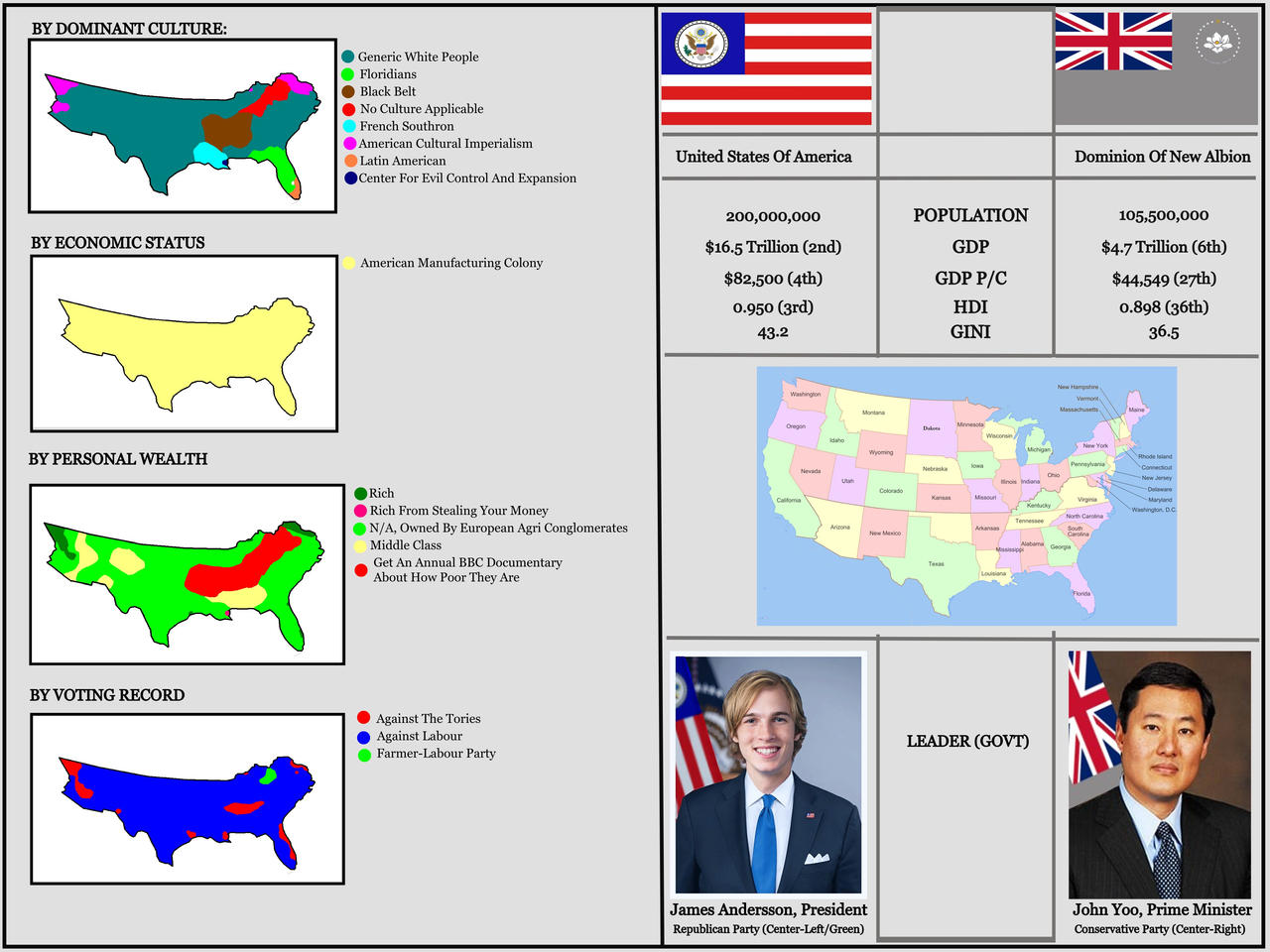So the deportations of Volga Germans, Crimean Tatars and/or Greek, Bulgarians, Italians etc. from Crimea and the Caucasus come later or around the same period as OTL still?Sergeyev doesn't die like IOTL, and this snowballs into Kirov not being assassinated, leading eventually to a less repressive Stalinist regime between 1934 and 1939, Stalin using the anschluss of Austria and the Sudeteland as excuses to begin a drift towards totalitarianism, "in an attempt to prevent and prepare for a potential conflict with the Power-hungry Fascists and the cowards Liberals"
Wonder if Poland is any stronger compared to its OTL counterpart, militarily speaking.Ukraine west of the Dnieper is either part of Poland, or a once Polish puppet that has by the late 20's united with the post-Makhnovist Ukraine (anarchists managed to secure themselves a state, and then anarchism died out), and by 1932 started to dislike Poland very much after a Smetona-flavoured coup. The Khanate of Bukhara managed to remain independent and resist the Soviet re-conquest of Central Asia thanks to:
1 - British and Afghan diplomatic, logistic and even for Afghanistan military support
2 - Having managed to reform itself
3 - Having managed to oof a lot of the Russians and Young Bukharans in its territory
4 - British guns
5 - British guns
6 - more British guns
7 - The British really don't want the Soviets to get closer to their puppet state in Afghanistan, nor to loose their soon-to-be puppet state in Bukhara, so they gave Bukhara guns
8 - British guns
Hope the Emirs don't have issues with Tajik nationalism down the line
Still, it's mildly funny - you have Ukraine attain independence ITTL along with Poland, Finland and the Baltics, and then Bukhara.




